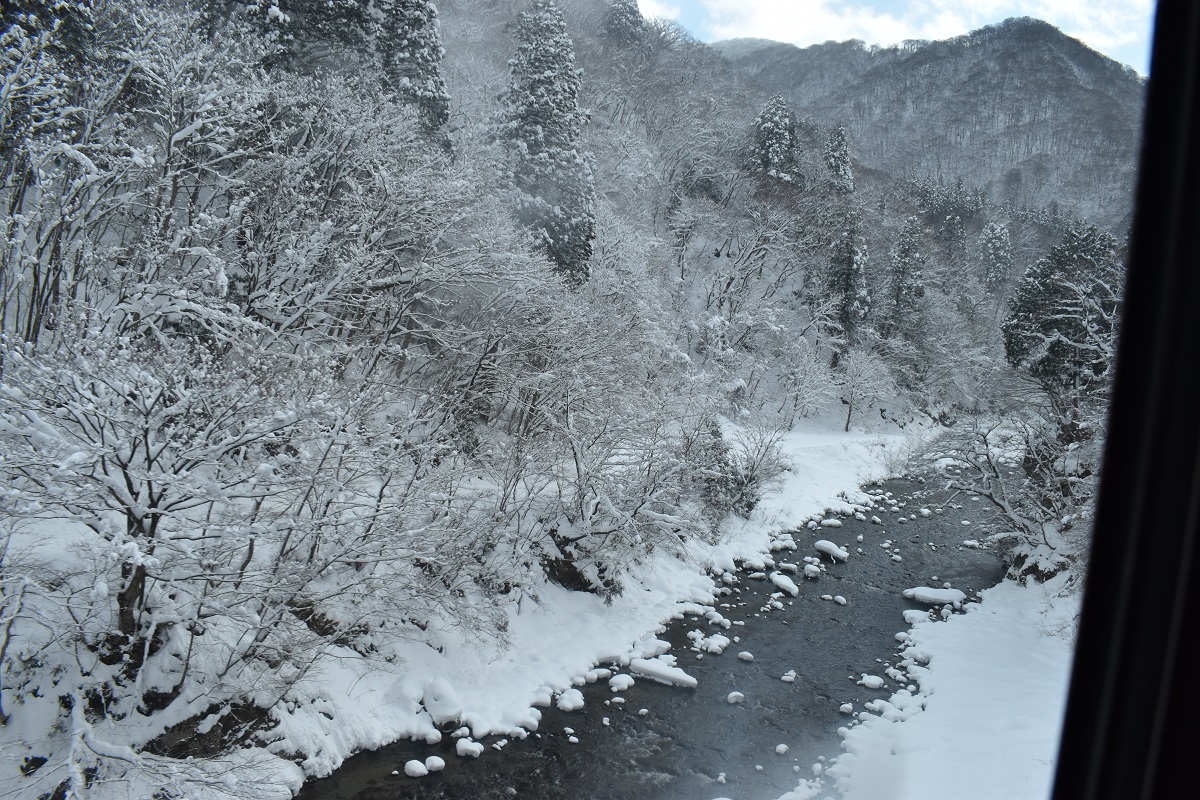Stages with dolls in gorgeous costumes protrude in all directions(10m height, 8m width) from the decorated floats, and ancient stories unfold on it. A long time ago, inspired by the movie “Truck Guy”, trucks decorated with lights transported supplies throughout Japan late at night. It seems to have originated in Hachinohe. If you are fun to watch NHK new year’s eve red-and-white singing contest program, the mechanism could remind you of the famous singer, Sachiko Kobayashi. Anyway, you are overwhelmed by its gorgeousness.
Packed decration float during the day on the road
I passed by the folded float during the day, and was impressed by how compact it was folded.

Cavalry battle similar to polo in Chojasan-Shinra-Shrine
Yabusame can be seen anywhere in Japan, but cavalry battles can only be seen here. A horse divided into red and white throws its own ball into the goal while disturbing the opponent’s ball insertion. It’s hard to reach the goal even if there are no obstacles. Prizes are given to the winners by the descendants of the Nanbu clan lords.


The Best Detour
The northern Tohoku region was a large living area during the Jomon period (the era when people changed from hunting to sedentary life). Gassho, meaning to join hands, clay figurine was excavated in Hachinohe. This is the only clay figurine with the spiritual meaning of gassho.
Dinner of mackerel dishes and market for breakfast







































































